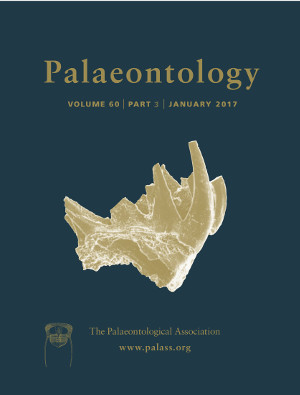Reg. Charity No. 1168330

The stegosaurs are some of the most easily recognizable dinosaurs, but are surprisingly rare as fossils. Consequently much remains unknown about their palaeobiology, and every new stegosaurian find contributes to our understanding of the evolution of the clade. Since the last attempt to examine the evolutionary relationships of Stegosauria, new specimens have come to light, including the most complete individual of Stegosaurus ever found, new taxa have been described and, perhaps most importantly, new methods for analysis of cladistic datasets have been produced. In the light of these new data and technological advances, the phylogenetic relationships of the stegosaurs and basal armoured dinosaurs are investigated. The inclusion of continuous data results in much better resolution than was previously obtained, and the resulting single most parsimonious tree supports re‐erection of the genera Miragaia and Hesperosaurus, which had previously been synonymized with Dacentrurus and Stegosaurus respectively. The recently described genus Alcovasaurus is resolved as a basal thyreophoran, but this is most likely a consequence of a very high degree of missing data and the questionable ontogenetic stage of the specimen. Examination of the effects of continuous data on the analysis suggest that while it contains a phylogenetic signal congruent with that of discrete data and provides better resolution than discrete data alone, it can affect topologies in unpredictable ways, particularly in areas of the tree where there are large amounts of missing data. The phylogeny presented here will form the basis for future work on the palaeobiology of the plated dinosaurs.